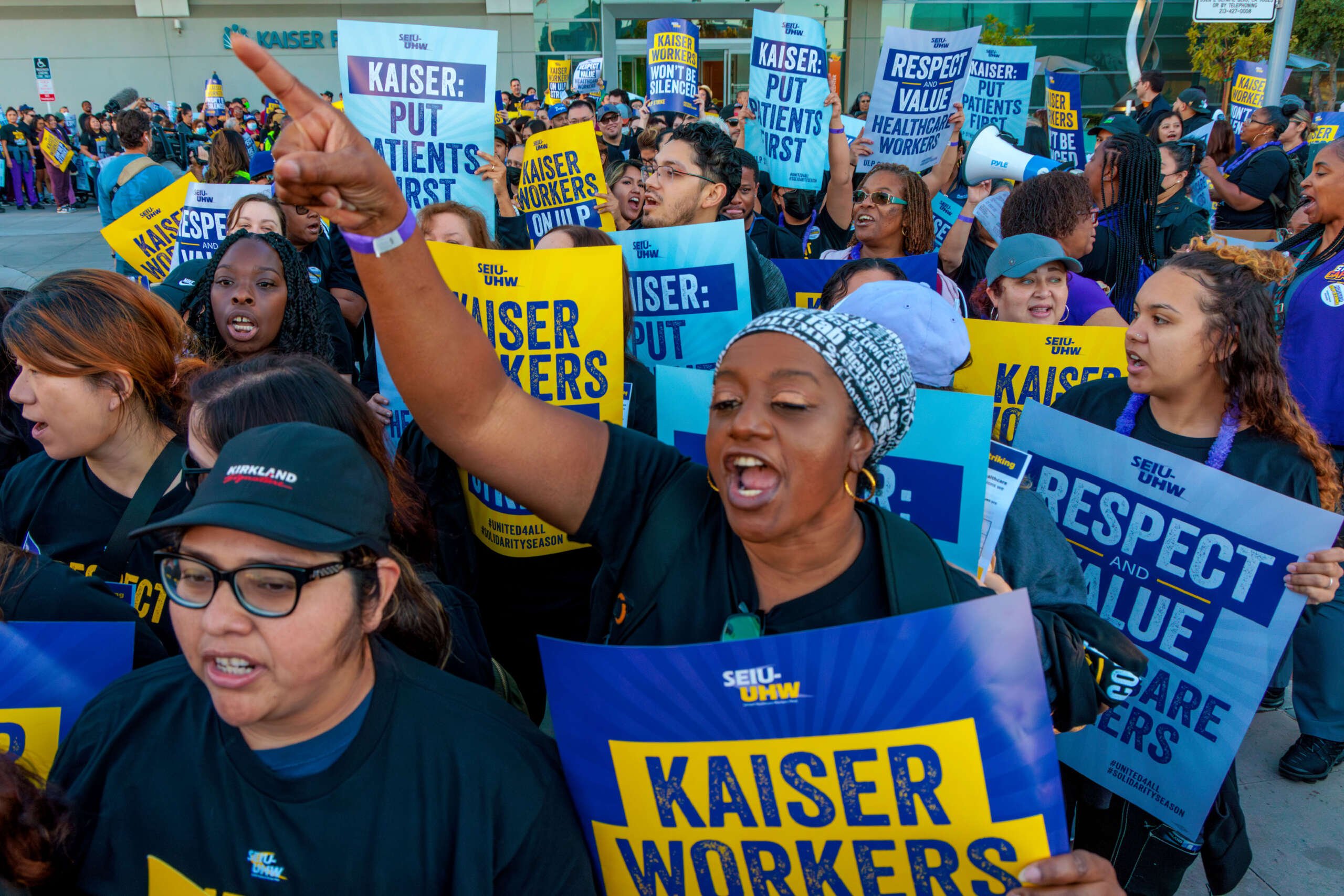


The article discusses the historical role of Black labor in the fight for democracy, drawing parallels between the past and present [545728be]. It highlights the power of collective mass actions led by Black workers during the Reconstruction era, which pushed for progressive reforms and challenged the old Confederacy [545728be]. The article emphasizes the importance of Black labor in shaping the post-Civil War South and the struggles faced by Black workers in achieving economic independence and political power [545728be]. It also discusses the role of northern industrialists and business elites in aligning with labor-oriented radicals to strip power from the planters [545728be]. The article further explores the regressive backlash of the Jim Crow era and the subsequent civil rights and Black power movements [545728be]. It suggests that a Third Reconstruction process could be achieved through multiracial leadership and mass movements [545728be]. The article provides examples of recent labor strikes led by Black workers, such as the strike by predominantly Black, unionized health care workers at Kaiser Permanente [545728be].
The article also discusses the historical significance of the Congress of Industrial Organizations (CIO) as a model for working-class mass organizing [ab1c7e8b]. The CIO was the first enduring mass organization of the industrial working class in America, successfully organizing large sections of the industrial working class and achieving breakthroughs in collective bargaining [ab1c7e8b]. The CIO emerged within the political context of the New Deal and relied on state institutions like the National Labor Relations Board (NLRB) for support [ab1c7e8b]. The article explores the role of the AFL, the election of Franklin D. Roosevelt, and the passage of the National Industrial Recovery Act (NIRA) in stoking working-class upsurge [ab1c7e8b]. It also discusses the tactics employed by the CIO, such as sit-down strikes, and the challenges faced by the organization [ab1c7e8b]. The article highlights the leadership of figures like Sidney Hillman and the significance of the CIO in ensuring democracy and giving a voice to the working class [ab1c7e8b]. It concludes by suggesting that contemporary organizers and activists can learn from the history of the CIO and seize the current moment of destabilization and growing labor activism [ab1c7e8b].
The article further explores the role of worker cooperatives in left-wing strategy and the solidarity economy [baedb7fa]. It discusses how worker co-ops can play a key part in a broader socialist strategy by making tangible the material benefits of cooperation. The article highlights the resolution passed by the Second International in 1910, which supported cooperatives and recognized their potential to better the condition of the working classes and furnish revenue for socialist unions and labor parties [baedb7fa]. It explains that cooperatives offer longer-term jobs with higher pay for workers and higher-quality goods at lower prices for consumers [baedb7fa]. Additionally, cooperatives provide fiscal leverage and political power to the Left by generating tax revenue and economic development [baedb7fa]. The article suggests that the revenues raised by flourishing cooperative enterprises can augment the financial strength of unions and that the struggle for worker or community-owned firms itself provides a means of rallying workers and the electorate [baedb7fa]. It argues that building a solidarity economy can combat the atomization of modern society and reinforce solidarity [baedb7fa]. The article concludes by advocating for the Left to incorporate cooperatives and other mutualist enterprises into their strategy, forming alliances and supporting each other's efforts [baedb7fa].
The article concludes by highlighting the challenges faced by independent news outlets, including suppression by big tech and a decline in donations [545728be].